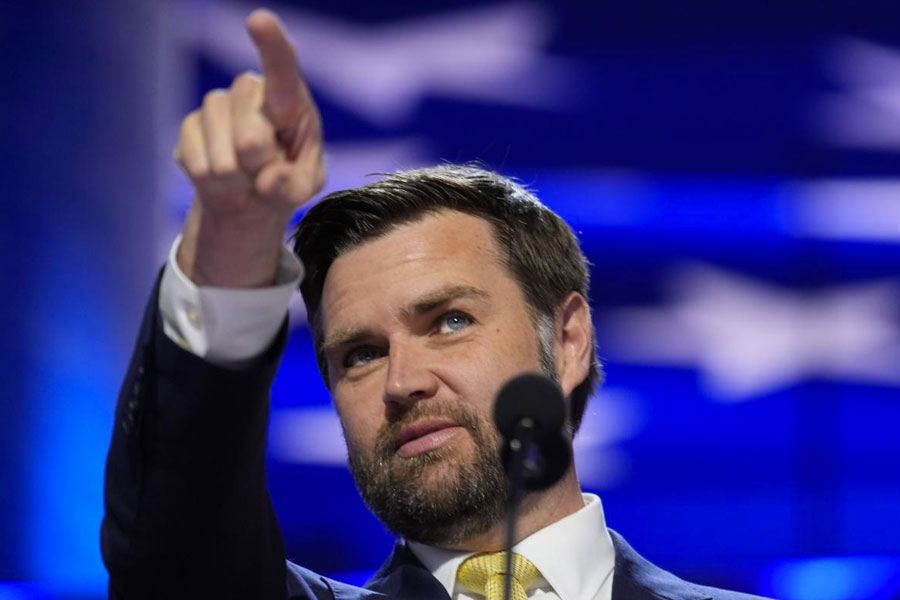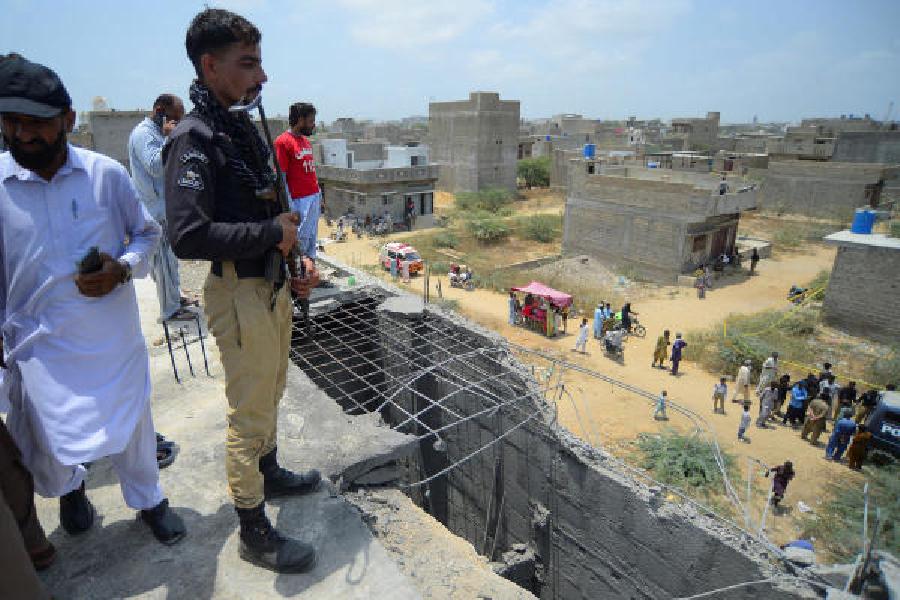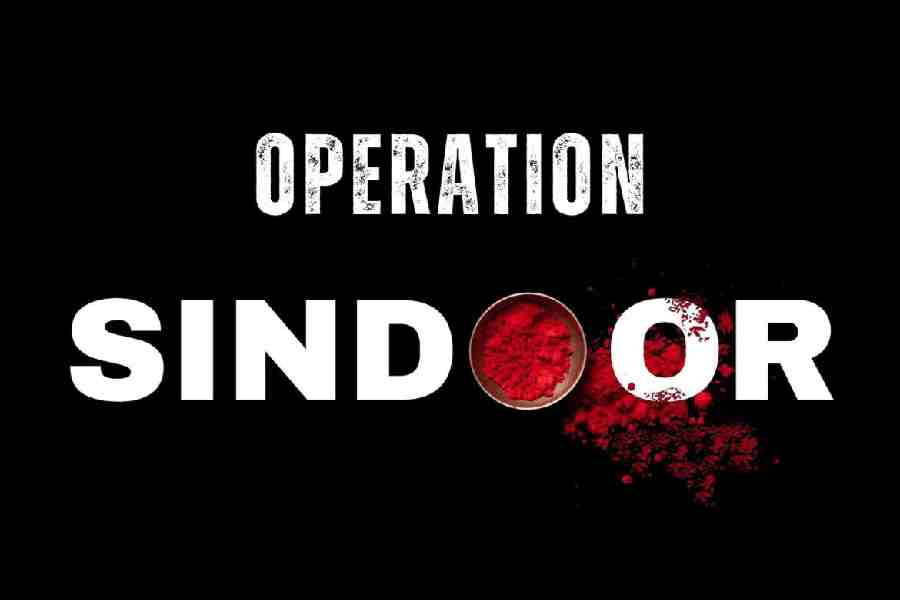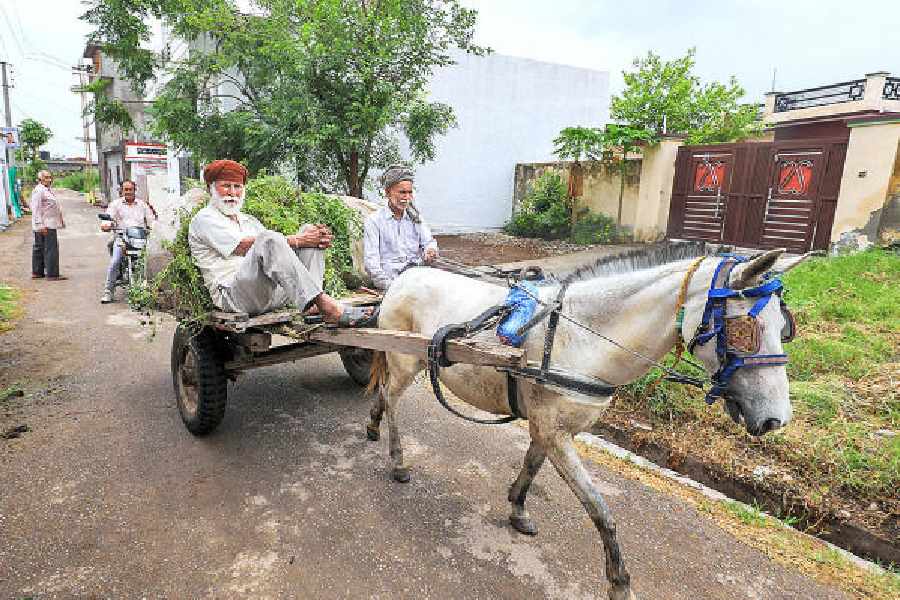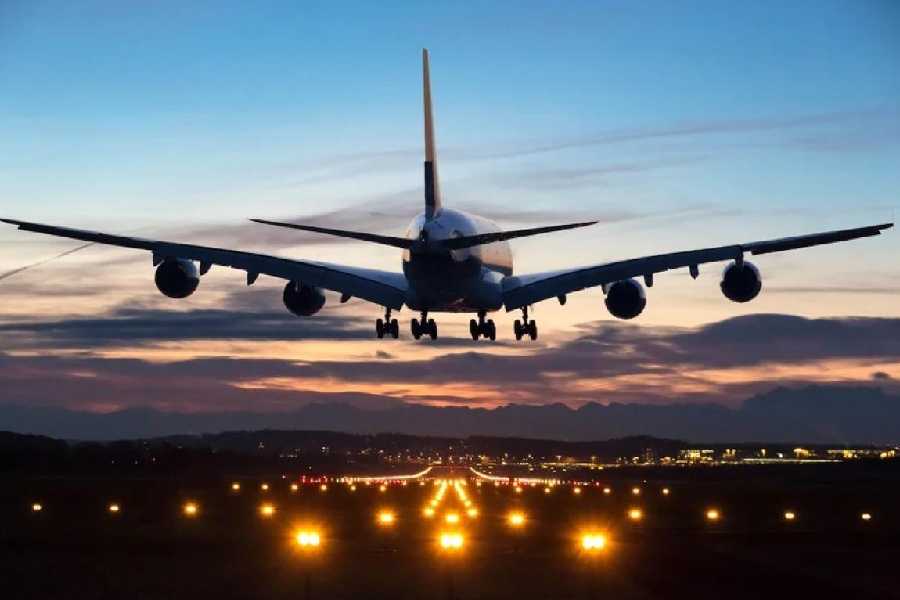 |
| Die hard: (Top) Supercops Avinash Dharmadhikari. (Below) Daya Nayak and (Extreme below) Pradeep Sharma. The last two are now in the news for the wrong reasons |
 |
 |
Old sins cast long shadows. Mumbai supercop Daya Nayak — whose multi-million-rupee school in his Mangalore village had been inaugurated by none other than Amitabh Bachchan — stands before a court as a defendant in a kidnapping case. Sub-inspector Nayak, who has properties worth Rs 4 crore, is already under suspension from the police force.
Another supercop is in the news — and again for the wrong reasons. Pradeep Sharma, who is said to have gunned down over 100 gangsters, petitioned Maharashtra governor S.C. Jameer in July saying that he feared a threat to his life from Chhota Rajan’s gang of criminals. Sharma was once feted as the fearless face of the Mumbai police force.
The two belonged to a group of uniformed men who ruled for some 14 years —changing the image of Mumbai from a mafia city to a moderately safe metro —as they went about gunning down criminals. They won laurels —they had, after all, broken the back of organised crime in the city — but critics felt that the executions were extra-judicial, and the men worked with impunity.
The law seems to be finally catching up with them, though for different reasons. Right now, many of Mumbai’s cops known for encounter killings — in which an alleged criminal is shot dead in a so-called encounter with the police — are cooling their heels in jails. Some have been suspended, some arrested and a few are under investigation.
On Monday July 14, Nayak appeared before the Mumbai court as an accused. Tarique Khan, a shop owner from the north eastern suburb of Kurla, has alleged that Nayak and five other cops kidnapped him and then threatened to bump him off in a fake case if he failed to cough up Rs 5 lakh.
A few years ago, Nayak was invincible. His rags to riches story — the former Udipi restaurant waiter became a high-profile sub inspector in the city’s elite crime branch with 83 killings under his belt — won him good will and a considerable fan following. The 2004 film Ab Tak Chhappan was loosely based on his life.
Another encounter cop from Mumbai, Vijay Salaskar, was recently taken to court by the parents of 18-year-old Imran Sheikh, who was gunned down in an allegedly staged encounter on December 14, 2007, in the north eastern suburb of Powai. The state human rights commission is also pursuing the case.
Inspector Salaskar, who has killed 78 people, is attached to the Mumbai police’s anti-extortion cell. Salaskar’s reputation of killing gangsters apparently prompted don Arun Gawli to embrace politics to save his skin. Salaskar’s modus operandi was to kill the chief of a gang, which ensured its ruin.
Pradeep Sharma is also being investigated in a disproportionate assets case by Sadanand Date, the additional commissioner of police, central region. Unlike Nayak, however, Sharma has maintained a low profile and is currently placed in the Dharavi police station in north central Mumbai.
“Initially the encounter cops targeted the top rung of the mafia, the ones who were in power. Then they started with the third and fourth rungs. Then it was the turn of the robbers,” says Rakesh Maria, joint commissioner, crime, Mumbai police. “And then the public didn’t know who was being shot and everybody was suspicious. And soon there were too many watchdogs — the electronic medium, the press, society, human rights activists.”
From 1993 to 2003, some 600 criminals in Mumbai were killed by cops. Questions were seldom asked about the modus operandi followed by the police. After all, most of Mumbai believed that a good gangster was a dead gangster.
Bollywood, businessmen and real estate tycoons were targeted by extortionists in the Nineties — and the encounter cops were seen as an answer to Mumbai’s problem of spiralling crime. Those were the days when few in the city flaunted their wealth, fearful that the mafia would zero in on them to extort money. Though Dawood Ibrahim had long since left the shores of Mumbai, his cronies were beginning to come on their own. The split between Dawood and his one-time aide, Chhota Rajan, spawned more bloodletting between members of the rival groups, shrouding the city in a pall of fear.
For over a decade, the encounter cops of Mumbai were known for their trigger-happy ways. Trouble, some senior cops stress, started when they went out of control. The heroes were seen as amassing wealth, and there were cases of innocent bystanders being killed by cops hungry for encounters.
P. Sebastian, who is with the Committee for Protection of Democratic Rights, a human rights body, says that when it was investigating the encounter deaths for a writ petition, it found that the criminals were always shot in the head and the chest. The police also always claimed that the gangsters were carrying AK-47s. “An AK-47 is a battle weapon and can mow down a crowd. It can fire 10 bullets a second. But invariably the policeman at the receiving end of the AK-47 would come off smelling of roses and without a scratch, while the criminal would be dead as a dodo,” says Sebastian, who investigated 137 such deaths.
With the growth of satellite television, many of the killings were highlighted on TV — and the blood and gore was too real to be ignored. Soon, whenever a so-called gangster was killed, questions were raised on the motives and ways of the police.
The death of Khwaja Yunus, an engineer from Parbhani who died in police custody, finished the careers of two encounter specialists — Sachin Vaze and Praful Bhosale. Encounter cop Ravindra Angre from Thane with 51 killings was trapped by a builder who accused him of extortion and assault. Soon the encounter specialists were no longer flaunting body counts.
But what turns a policeman into a killer cop? Assistant police inspector, Avinash Dharmadhikari, 42, is a cop who defies the stereotype. He, however, stresses that an encounter cop has a high-pressure job that can “kill you”.
Dharmadhikari still remembers when he first joined an encounter team in 1995. “I did not open fire and was just part of the team but it was very scary. I was very disturbed for a long time,” he says. “In the police, if something goes wrong, you can land in jail.”
An encounter cop needs a strong network of informers. Dharmadhikari, for instance, has people who are “loyal”, some who do it for money and a few who leak out information to settle scores with rival gangs. He says his sleep does get disturbed for a while after an encounter, but his conscience is always clear.
There are many who believe that the cops were only doing their jobs. “The encounter cops did make a mess of things but in that extraordinary period the extra-judicial killings worked,” says a top police officer who wishes to remain anonymous. “Some criminals are not afraid of imprisonment as they are able to conduct their business from jail or when they get bail. The encounter cops put the fear of death in them,” the officer says. To compound matters for the criminals, there were some dreaded laws under which they were booked, including the Maharashtra Control of Organised Crime Act and the Maharashtra Prevention of Dangerous Activities Act.
Of course, this handful of men changed Mumbai from a mafia city to a safer global city. But the question now being asked is at what cost.


